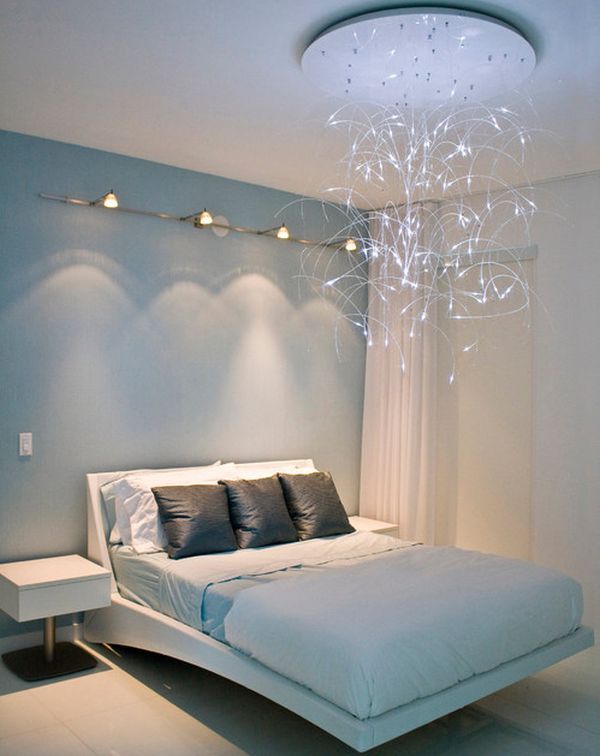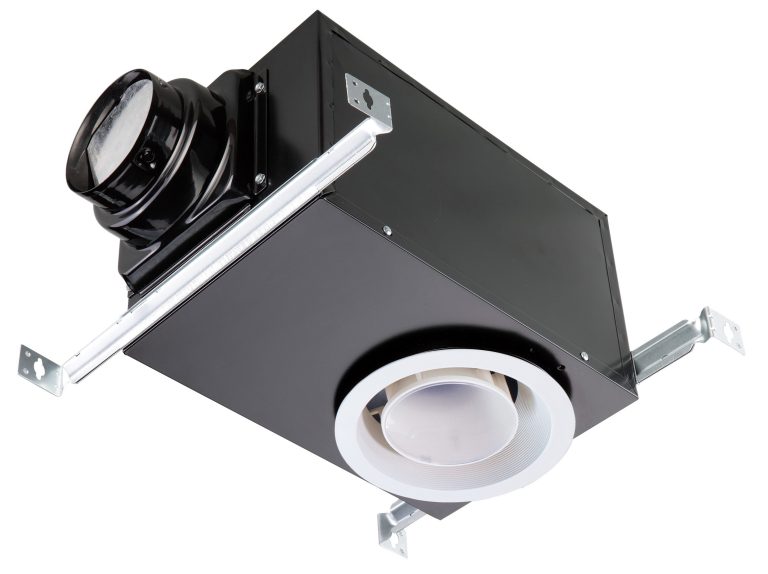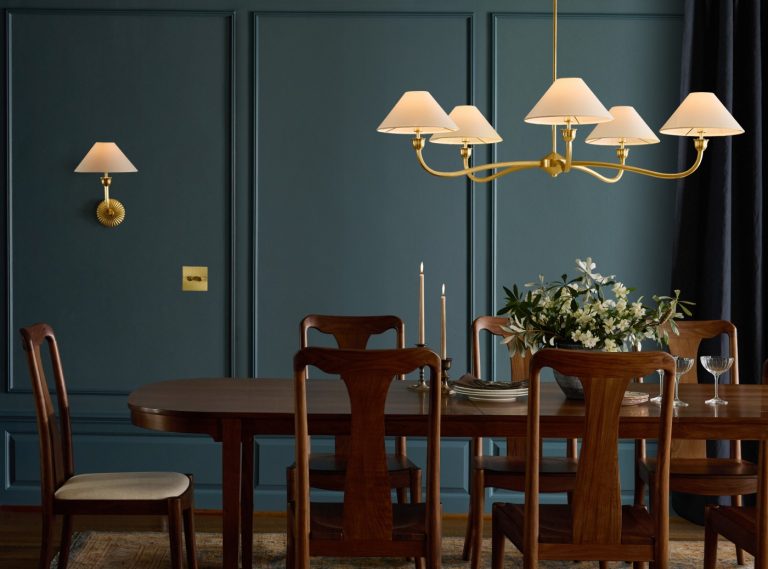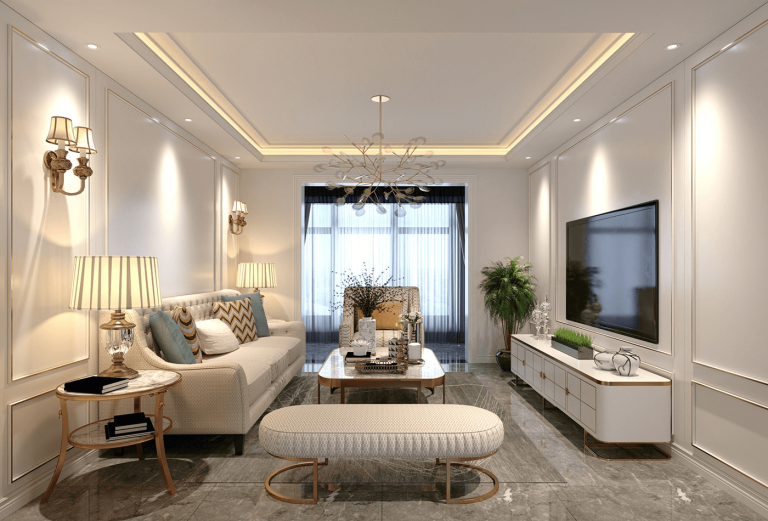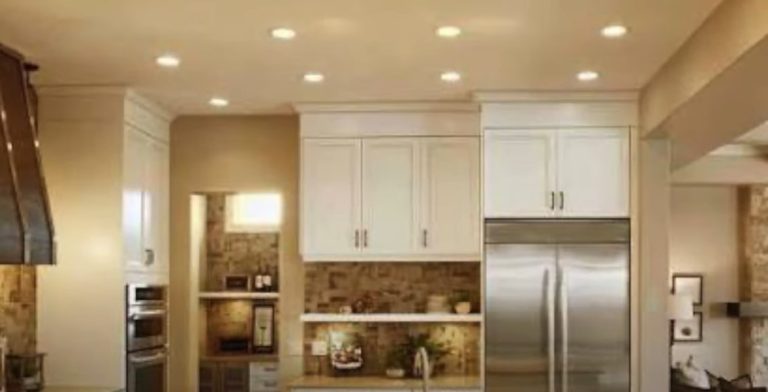Room Light Design: Transform Spaces with Style
Imagine walking into a room that immediately feels just right. The ambiance is perfect, the mood soothing, and the space inviting.
What’s the secret behind such a remarkable atmosphere? It’s all about the room light design. Whether you’re looking to transform your living room into a cozy retreat or your home office into a productivity powerhouse, the way you design your lighting can make all the difference.
You might not realize it, but the lighting in your home affects not just how your space looks, but also how you feel. You’ll discover how to harness the power of light to enhance your rooms. Get ready to uncover tips and tricks that will help you create the ideal environment for every room in your house. With just a few changes, you can influence your mood, improve your focus, and even boost your creativity. Dive in to learn how the right lighting can transform your space and elevate your everyday experiences.
Room Light Design
Choosing The Right Light Fixtures
Choosing the right light fixtures can transform a room’s ambiance. A well-chosen fixture enhances the decor and improves functionality. It’s crucial to understand your room’s needs before making a choice. Consider the room’s size, purpose, and style.
Understanding Room Functionality
Every room serves a different purpose. The kitchen requires bright, focused lighting for tasks. A living room benefits from soft lighting for relaxation. Bedrooms need versatile lighting for reading and rest. Identify the primary function of each room.
Matching Fixtures To Style
Light fixtures should match the room’s style. Modern rooms benefit from sleek, minimal designs. Traditional spaces may require ornate fixtures. Ensure the fixture complements existing furniture and decor. This creates a cohesive look.
Considering Fixture Types
Several types of light fixtures exist. Chandeliers add elegance to dining rooms. Pendant lights work well over kitchen islands. Floor lamps offer flexibility and can be moved. Wall sconces provide ambient lighting without taking floor space.
Choosing The Right Bulb
Bulbs affect the mood and energy consumption. LED bulbs last longer and save energy. Warm bulbs create a cozy atmosphere. Cool bulbs are ideal for task lighting. Choose bulbs that suit the fixture and desired ambiance.
Evaluating Installation And Maintenance
Consider the ease of installation. Some fixtures require professional help. Check maintenance needs for long-term use. Easy-to-clean fixtures save time and effort. This ensures your lighting remains bright and effective.
Budgeting For Fixtures
Light fixtures come in various price ranges. Set a budget before shopping. This helps narrow choices without compromising style. Remember, quality fixtures can be an investment. They add value and beauty to your home.
.png)
Credit: www.jaquar.com
Incorporating Natural Light
Natural light enhances room design by creating a welcoming atmosphere. Large windows and skylights can brighten spaces beautifully. This approach not only reduces the need for artificial lighting but also improves mood and productivity.
Incorporating natural light into your room design can transform your space into an inviting oasis. It enhances the mood, saves energy, and even boosts your mental health. Embracing sunlight doesn’t just brighten your room; it brightens your day.
Maximize Window Space
Start by assessing your window space. Large windows allow more light to flood in, creating a vibrant atmosphere. Consider using sheer curtains to maintain privacy while letting sunlight pour through.
Use Reflective Surfaces
Mirrors and glossy surfaces can bounce natural light around the room. Place mirrors opposite windows to reflect sunlight and make the room feel more spacious. This simple trick can illuminate even the darkest corners.
Opt For Light Colors
Light-colored walls and furnishings amplify natural light. Whites, creams, and pastels reflect more sunlight, making your space feel airy. Think about how a light palette can transform the mood of your room.
Trim Outdoor Obstructions
Look outside your windows. Overgrown trees or shrubs might block precious sunlight. Trimming them not only enhances your view but also invites more natural light indoors.
Install Skylights
Skylights are a fantastic way to introduce sunlight from above. They can be particularly effective in rooms with limited wall space for windows. Imagine lying in bed watching the clouds drift by, all while enjoying the warmth of natural light.
Consider Glass Doors
Glass doors can be a stylish addition that allows more light into your home. Sliding glass doors or French doors can open up your living areas. How might your space change with this simple adjustment?
Embrace Open Floor Plans
An open floor plan can help distribute natural light throughout your space. It minimizes walls that block sunlight, creating a seamless flow of light. Open spaces feel less cluttered and more inviting.
Use Light-filtering Blinds
Blinds don’t have to block out light completely. Light-filtering blinds can protect your privacy while still letting in gentle sunlight. They add an extra layer of control over how much light enters your room. Incorporating natural light is about making small, thoughtful changes. These strategies are practical and easy to implement. How will you brighten your home today?
Creating Ambiance With Lighting
Lighting plays a crucial role in defining a room’s ambiance. It creates mood and highlights features. The right lighting can transform a dull space into a cozy haven. Thoughtful light design enhances the experience of any room. Whether it’s a living room, bedroom, or dining area. The key is balance between functionality and aesthetics. Different rooms require different lighting approaches. Let’s explore how to create ambiance with lighting.
Select fixtures that complement your room’s style. Pendant lights work well in dining areas. They provide focused illumination. Chandeliers add elegance and drama. Perfect for living rooms and entryways. Wall sconces offer subtle lighting. Ideal for bedrooms and hallways. Floor lamps are versatile. They provide ambient and task lighting.
Using Layered Lighting Techniques
Layered lighting adds depth to any space. Combine ambient, task, and accent lighting. Ambient lighting provides general illumination. Ceiling fixtures and recessed lights work well. Task lighting focuses on specific areas. Desk lamps and under-cabinet lights are examples. Accent lighting highlights features. Use spotlights to showcase art or architecture.
Incorporating Dimmer Switches
Dimmer switches offer control over light intensity. Adjust lighting to match your mood. Lower light for a relaxed atmosphere. Increase brightness for activities. They are energy-efficient too. They extend the life of your bulbs. Install dimmers for versatile lighting options.
Considering Color Temperature
Color temperature affects room ambiance. Warm tones create a cozy feel. Ideal for living rooms and bedrooms. Cool tones are energizing. Suitable for kitchens and workspaces. Neutral tones balance warmth and coolness. Great for multi-purpose rooms. Choose the right temperature for desired ambiance.

Credit: housing.com
Using Color And Texture
Incorporating color and texture in room light design creates a warm and inviting atmosphere. Soft hues and varied textures enhance visual interest. This approach adds depth and character, making spaces feel cozy and personalized.
Creating a welcoming and functional room isn’t just about choosing the right furniture or layout; it’s also about how you use color and texture. These elements can transform a room, affecting how you feel and how you use the space. Color and texture can evoke emotions, define spaces, and even alter perceptions of room size and light. Let’s dive into how you can effectively use these tools in your room light design.
Choosing The Right Color Palette
Selecting colors for your room light design is more than just picking your favorite shades. Each color has its own effect. Soft pastels can make a space feel airy and light, perfect for a calming bedroom or serene reading nook. Bold colors like deep blues or vibrant reds can create a sense of excitement and energy, ideal for a lively living room or creative workspace. Consider the purpose of the room and the mood you want to set. Are you aiming for relaxation or stimulation? Choose colors that align with these intentions. Don’t be afraid to experiment with different hues and see how they interact with your lighting choices.
Incorporating Texture For Depth And Interest
Texture adds dimension to your room, making it feel more dynamic and inviting. Think about how different materials reflect and absorb light. A velvet couch might create a cozy, intimate vibe, while a glass table offers a sleek, modern touch. Mixing textures can enhance the overall feel of your room. Pair a plush rug with a smooth leather chair, or combine wooden elements with metal fixtures. This contrast keeps the eye moving and the space engaging. When you add texture, you invite touch and interest into your room. It’s about creating a tactile experience that enhances how you perceive the light and colors around you.
Balancing Color And Texture With Lighting
Lighting plays a crucial role in how color and texture are perceived. Natural light can highlight different aspects of your design throughout the day. Meanwhile, artificial lighting allows you to control the ambiance at night. Consider how different bulbs affect your color choices. Warm lighting can make a cool-toned room feel more inviting, while bright white lights can enhance the vibrancy of bold colors. Experiment with different types of lighting—overhead fixtures, floor lamps, and wall sconces—to see how they interact with your color and texture choices. Have you noticed how a room can feel completely different at night compared to during the day? This is your opportunity to play with lighting and see how it can transform your space.
Personal Experience: The Power Of A Simple Change
Once, I repainted my living room from a dull beige to a warm, light green. The change was immediate. It felt like a new room. I paired it with a textured gray couch and a few gold accents. Suddenly, my living room became my favorite place to relax. This taught me the power of color and texture in light design. Even small changes can have a big impact. What small change can you make in your space that might have a surprising effect? Color and texture are powerful tools in your design arsenal. Use them intentionally to create spaces that are not only beautiful but also functional and reflective of your personal style.
Energy Efficiency And Smart Lighting
Energy efficiency is crucial in modern room light design. Smart lighting systems save energy and reduce costs. They offer flexibility and control. These systems enhance comfort and convenience. Let’s explore how smart lighting improves energy efficiency.
Understanding Smart Lighting Systems
Smart lighting connects to your home network. It allows remote control of lights. Use a smartphone or voice commands for easy operation. Adjust brightness and color with simple taps. These systems learn your preferences over time.
Benefits Of Led Technology
LED lights consume less power than traditional bulbs. They last longer, reducing replacement costs. LEDs offer bright, clear light. They are available in various colors. This helps create the desired ambiance in any room.
Automated Lighting Controls
Automated controls turn lights on and off based on schedules. Sensors detect movement and adjust lighting accordingly. This prevents unnecessary energy use. Customize settings for different times and activities.
Integration With Smart Home Devices
Smart lighting integrates with other smart home devices. Connect to thermostats, security systems, and more. This creates a seamless, efficient home environment. Control everything from a single app.
Environmental Impact
Smart lighting reduces your carbon footprint. Less energy consumption means fewer greenhouse gas emissions. It’s a step towards a sustainable future. Make an eco-friendly choice with smart lighting.
Frequently Asked Questions
How Do I Choose The Right Room Light Color?
Different activities need different light colors. For relaxation, use warm white. For focus, choose cool white.
What Is The Best Lighting For Small Rooms?
Use layered lighting. Combine ambient, task, and accent lights. It makes small rooms look bigger.
Can Lighting Affect My Mood?
Yes, it can. Bright lights energize. Soft, warm lights calm the mind. Choose based on mood.
Conclusion
Room light design transforms spaces. It sets the mood. Creates comfort. Enhances functionality. Choose lighting that suits your taste. Consider task lighting for work areas. Ambient lighting for relaxation. Decorative lighting adds character. Balance brightness for eye comfort. Energy-efficient options save costs long-term.
Experiment with styles and fixtures. A well-lit room boosts happiness. Reflects personality. Invites warmth. Let light enhance your living space. Create environments you love. Perfect lighting enriches daily life. Make thoughtful choices. Illuminate your world with care. A brighter home starts with smart lighting.
Related Article

